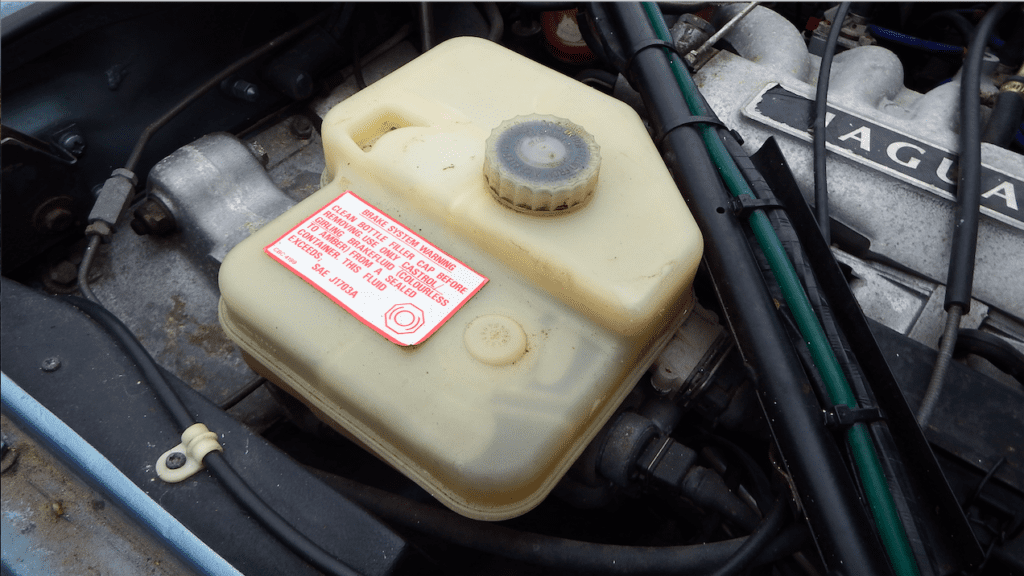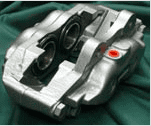Boiling Brake Fluid
It is not uncommon to experience total brake failure after a long, hard period of braking – just when you want full brake power. By far the most likely cause is that the high heat generated in the brake calipers has raised the brake fluid above the boiling point of water, i.e. 100°C. Normally, this would not be a problem – brake fluid is designed to withstand at least 200°C – but if the fluid contains water above approximately 3%, then this rise in temperature will cause the water in the brake fluid to boil and turn into a vapour. The vapour is easily compressed, so the pressure of the brake pedal merely compresses the water vapour and the brake fluid does not move to operate the brake calipers. Result – pedal to the floor.
Once the fluid has cooled to below 100°C, the water vapour condenses back into water. Water is not compressible, so the brakes feel normal again. Normal brake fluid (not Silicone types/DOT5) absorbs water relatively quickly, and can easily get to 3% after a few years.
High water content in the brake fluid also encourages rusting at the calliper pistons. This rusting can, and does, cause seizure of some or all of the pistons. This in turn causes wild brake pulling to left or right, and overheating of one or more brake discs. This leads to overheating of the brake fluid, resulting in the problem outlined above.
Avoid a nasty surprise by keeping on top of your classic car’s maintenance. Contact KWE to schedule your next service appointment.
While changing the brake fluid should be a routine maintenance or service action, it is seldom carried out – especially with classic cars which may not be used for years at a time. Changing the brake fluid regularly, however, has the benefit of keeping the water content low enough to avoid brake failure and rusting. So be warned – change the fluid every 2 years to avoid potentially lethal brake failure. We now use DOT5 silicone fluid as a default, silicone does not absorb water which in theory means it never has to be changed. Perfect for classic cars that get little or a lot of use.
If you found this article helpful please hit the like button below to let us and others know.


